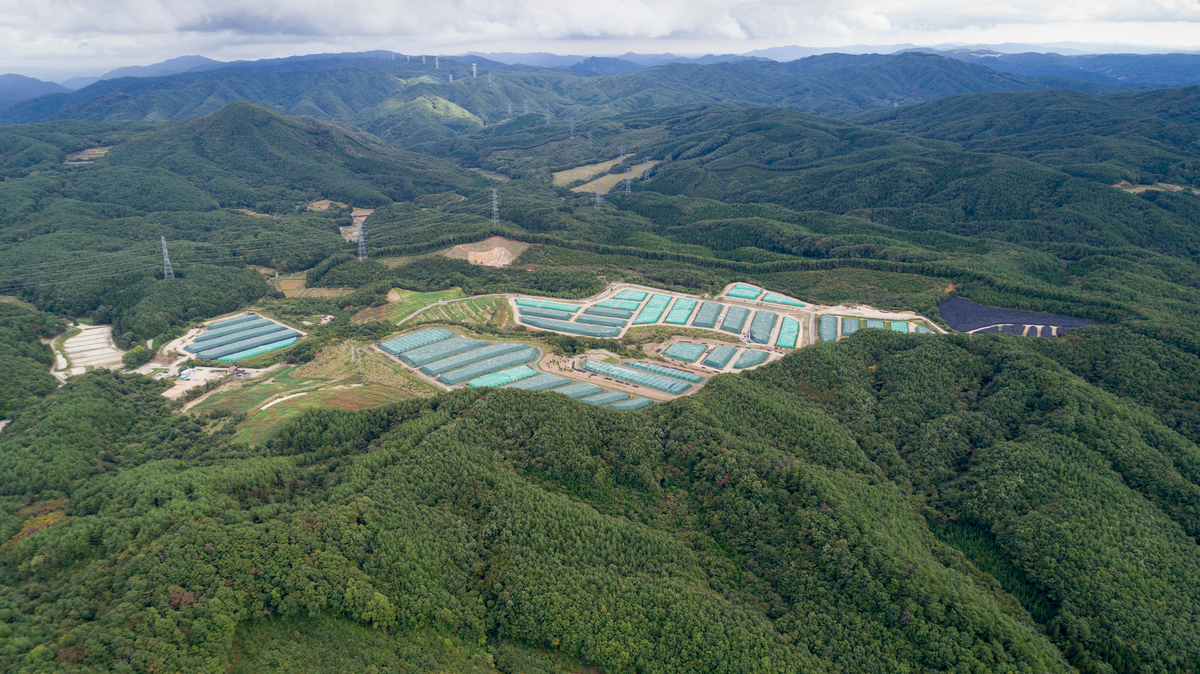
Aerial
view of nuclear waste storage area in the mountainous forests of
Iitate, Fukushima prefecture in Japan. © Christian Åslund / Greenpeace
The black snow filled Anzai with an ominous dread, and soon, his fears became reality.
After the black snow shrouded the village, Anzai described in an interview how he started to feel throbbing pain on his skin. It was almost like being sunburned after sunbathing for too long. Both of his legs darkened then peeled in white patches. The only remedy to the peeling was applying medicinal ointment.
Soon after, his entire body began to suffer. The headaches came, followed by shoulder pains. Then the hair loss occurred. Three months after the disaster, he left behind his home and evacuated to survive. Unfortunately, the tragedy did not end there.
Three years later, Anzai started having strokes and heart attacks. A stent was placed in his blood vessel; the tube held open his narrowed blood vessel and kept the blood flowing to his heart. With treatment, his pain somewhat subsided, but whenever Anzai visited Iitate, the pain throughout his entire body relapsed. While these symptoms have not been conclusively connected to the radiation exposure, Anzai believed that they were the realities of the black snow day.
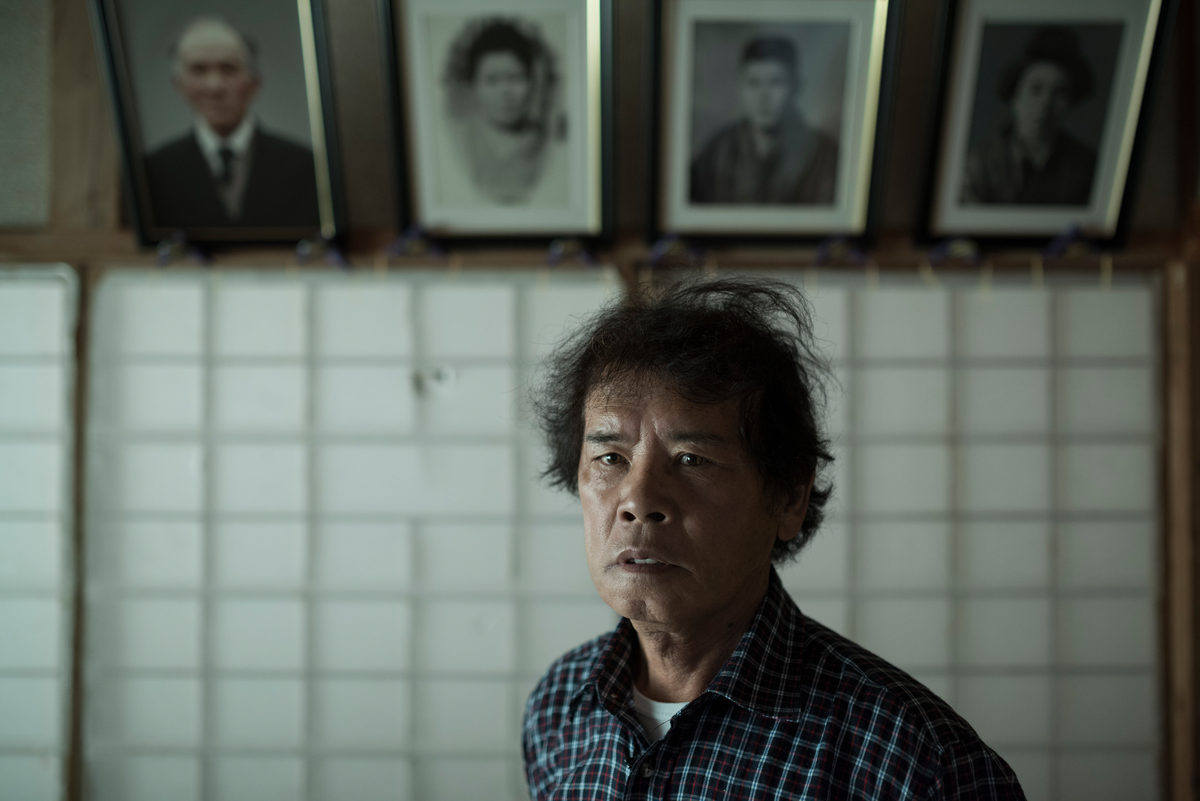
Toru Anzai visting his house in Iitate, Fukushima prefecture, Japan. © Christian Åslund / Greenpeace
Since allegedly completing the decontamination operation in Iitate, the Japanese government have been urging people to return to their village. In fact, Fukushima prefectural government had ended housing subsidies this past March, and by the end of the month, most people had left the complex. Only around ten families were still looking for a new place to live.
Absently gazing into the dark, clouded sky, Anzai spoke bitterly. “I was kicked out of my hometown for doing nothing wrong. It was heartbreaking. Now, Iitate is polluted, and some of my neighbours have died. When the government asked me to evacuate last minute, I left. Now, they want me to go back. Back to all of the radioactive contamination. I’m so angry, but I don’t know what to do. We have repeatedly petitioned the government, but they’re not willing to listen. Our government has abandoned us.”
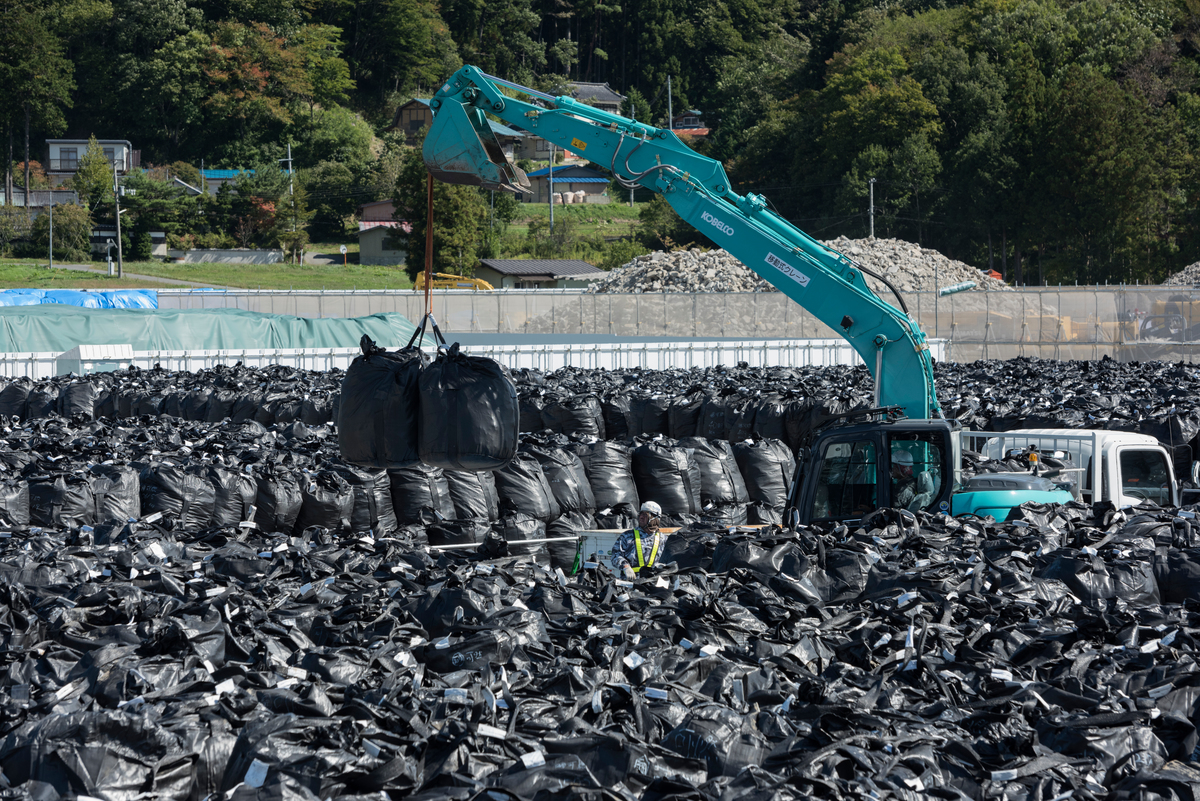
Nuclear
waste storage area in Iitate, Fukushima prefecture in Japan. Adopting a
return to normal policy, the Japanese government undertook an
unprecedented decontamination program for areas of Fukushima
contaminated by the triple reactor meltdown in March 2011. © Christian
Åslund / Greenpeace
Iitate’s old and new residents are exposed to radioactive substances on a daily basis. The Japanese government claimed to have completed the decontamination work, but a full decontamination is impossible due to the village’s terrain. More than 70% of Iitate is forest, and unlike in the farmlands, the removal of contaminants that have fallen among the mountainous forest is nearly impossible.
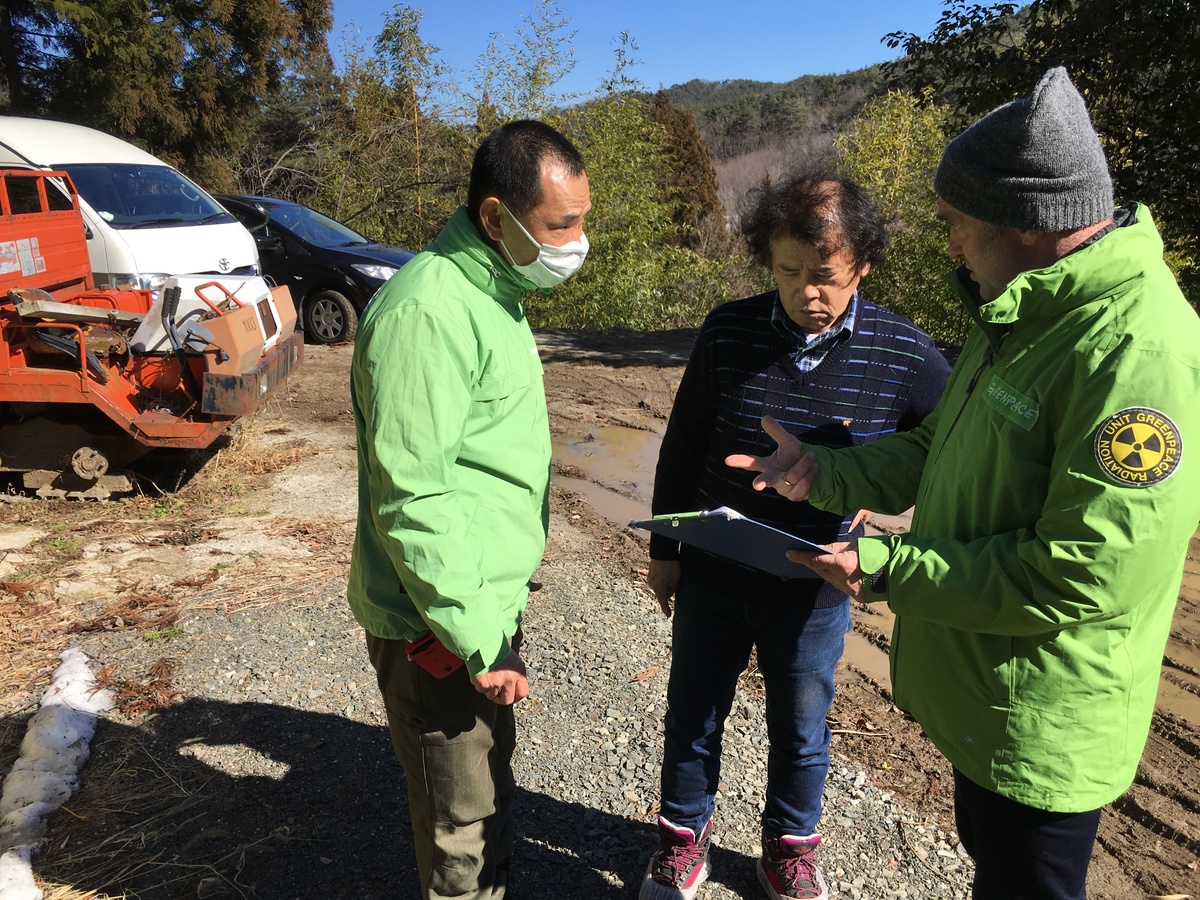
Greenpeace
nuclear expert Heinz Smital (Germany) and Florian Kasser (Switzerland)
talk with Toru Anzai. © Cornelia Deppe-Burghardt / Greenpeace
“The government hopes to publicise good news: the nuclear accident has been dealt with, and the residents have returned home. People who had no choice but to leave are now being pressured to return and put their lives on the line,” lamented Anzai.
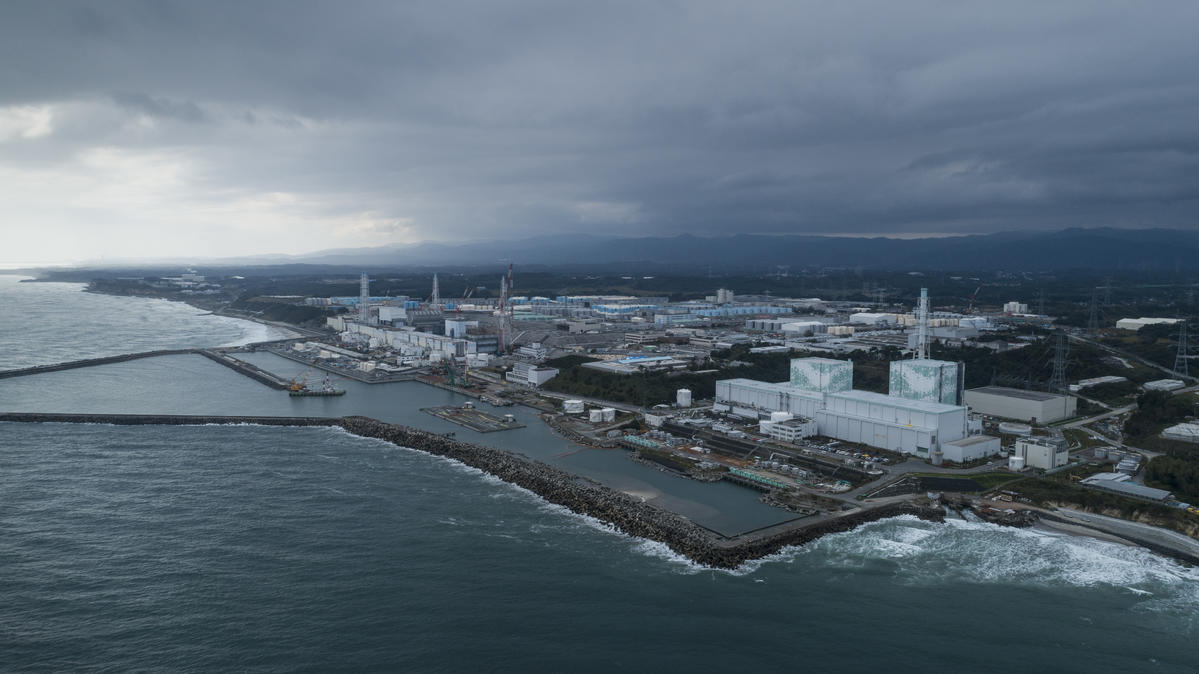
The destroyed Fukushima Daiichi nuclear plant, nearly 8 years after the accident. © Christian Åslund / Greenpeace
The industrial pollution and toxins have already caused much distress to our oceans. Discharging the Fukushima’s radioactive water will only worsen the situation, and we cannot, and should never, let this happen.
Sean Lee is the communication lead of Greenpeace Korea.

No comments:
Post a Comment
Note: Only a member of this blog may post a comment.